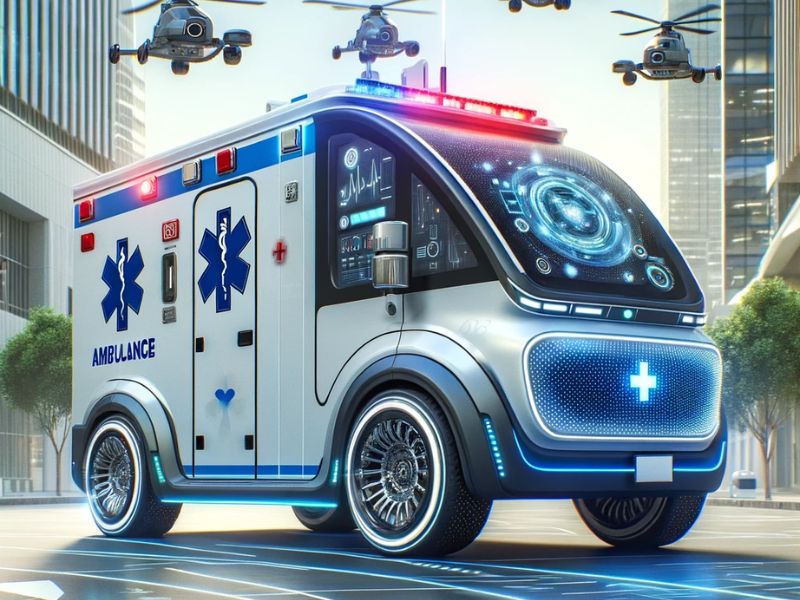
The evolution of ambulances: is the future autonomous?
The Advent of Driverless Ambulances and Their Implications for the Healthcare System
Innovation and Development in Driverless Ambulances
Driverless ambulances represent a groundbreaking innovation in the field of healthcare. Autonomous driving technology is already finding applications in the transportation of medications and supplies within hospital complexes. For example, the Mayo Clinic in Jacksonville, Florida, has collaborated with transportation authorities, autonomous vehicle manufacturers, and fleet service providers to transport COVID-19 nasal swabs within its 400-acre complex. This initiative helped healthcare staff focus on other tasks during the pandemic, protecting them from further exposure.
Legal and Logistical Challenges
Despite the potential, the adoption of driverless ambulances poses numerous legal and logistical challenges. Currently, road regulations are not well-suited for autonomous vehicles, and there is still some public reluctance regarding the safety and effectiveness of these vehicles in emergency situations. Additionally, one of the major concerns is how a driverless ambulance can handle unforeseen road situations that would normally require a human driver.
Public Perception and Integration into the Healthcare System
A crucial aspect for the success of driverless ambulances is public perception. Studies indicate that there are still many reservations among the population regarding the reliability of these ambulances, especially in critical situations. Furthermore, for full integration into the healthcare system, thorough and ongoing review involving frontline healthcare professionals is necessary. This process should include usability research and how this technology might change the work of emergency healthcare providers.
The Future of Driverless Ambulances
Despite the challenges, the future of driverless ambulances looks promising, especially in areas with limited access to healthcare. As technology matures and safety concerns are addressed, these vehicles are likely to gain more acceptance. The integration of driverless ambulances into the healthcare system could revolutionize how patients receive emergency medical care, potentially improving the efficiency and speed of healthcare responses.
Sources


